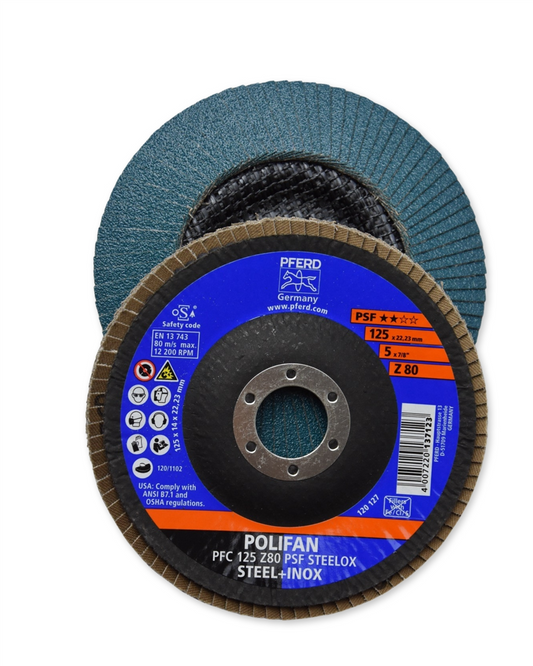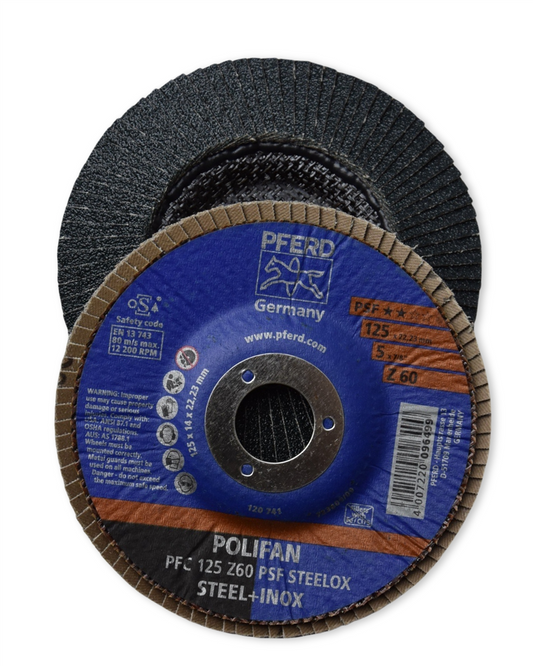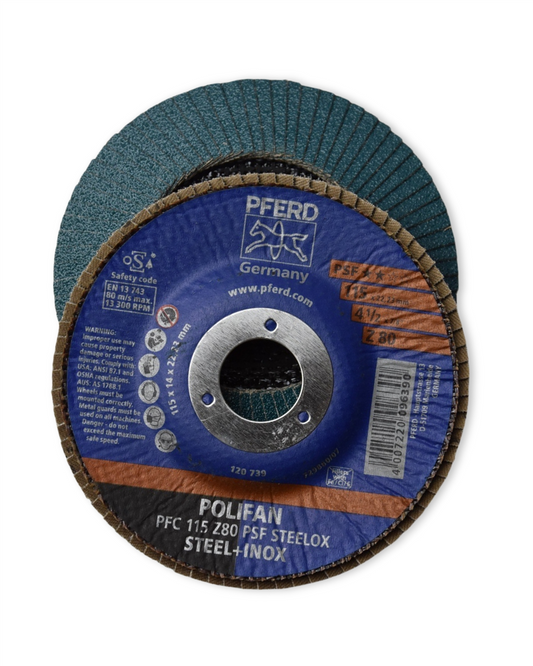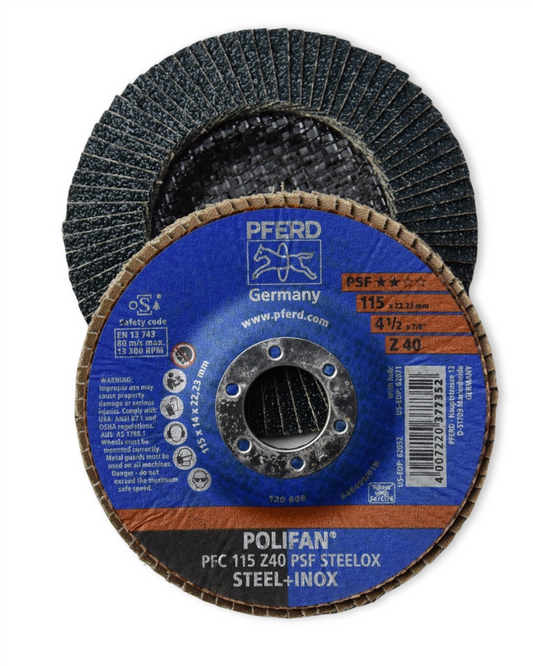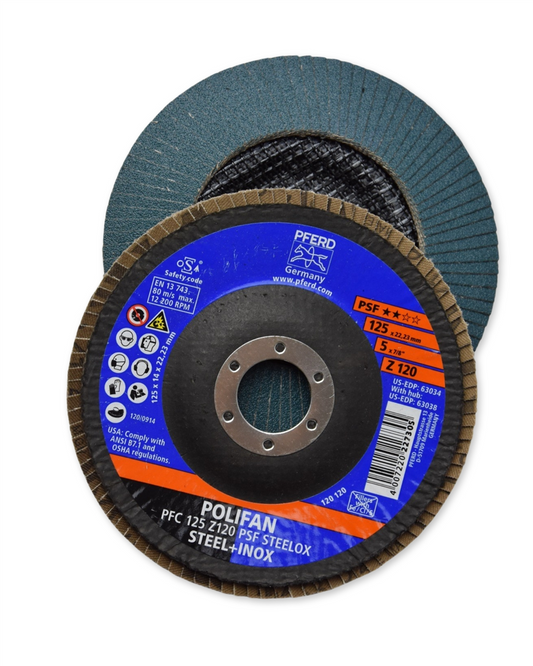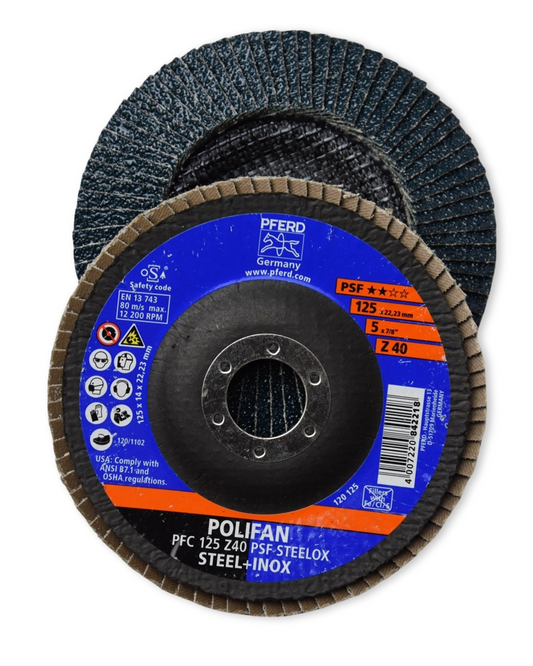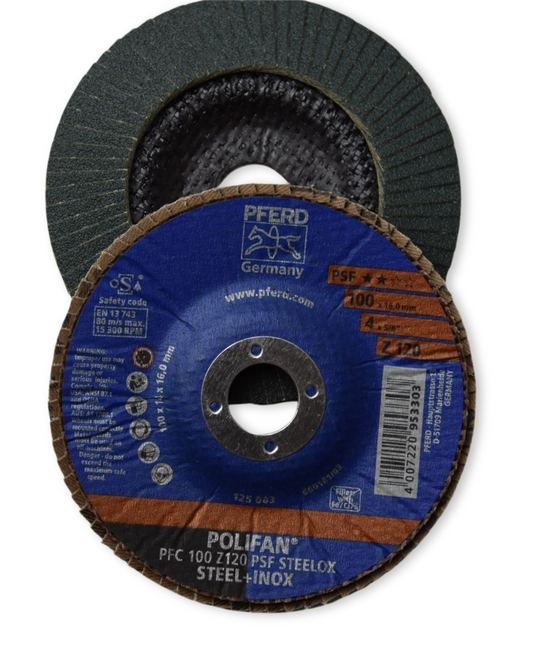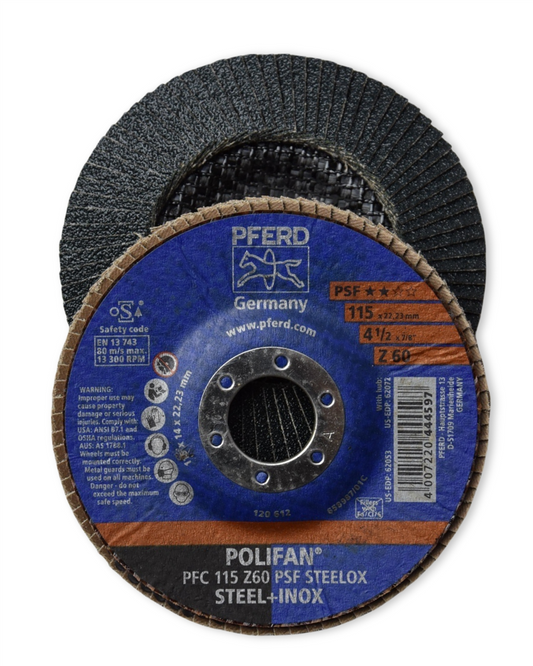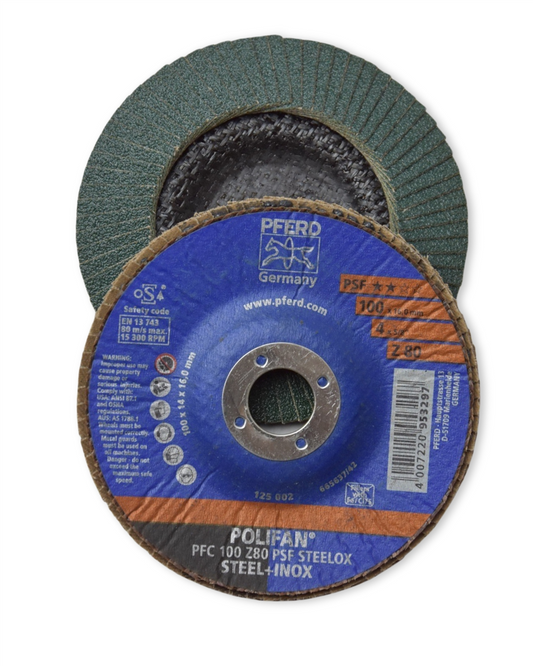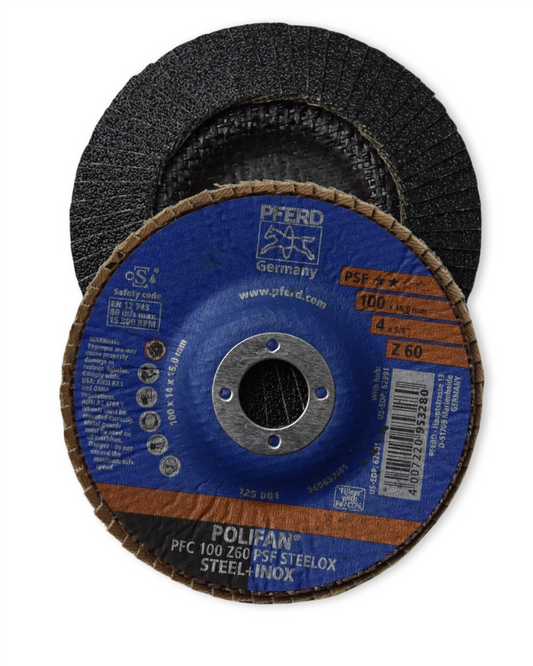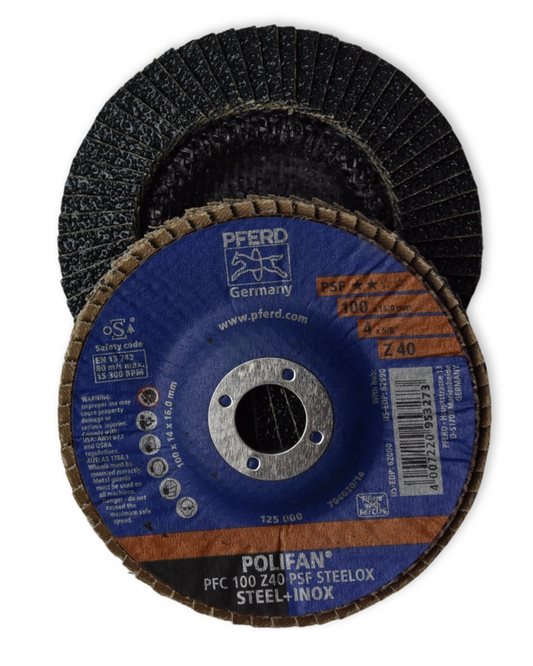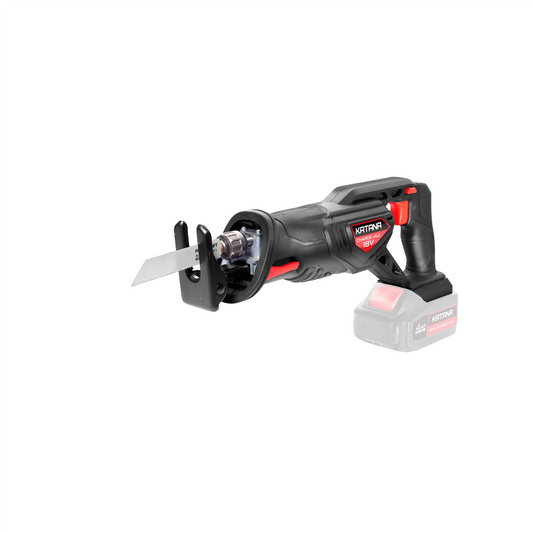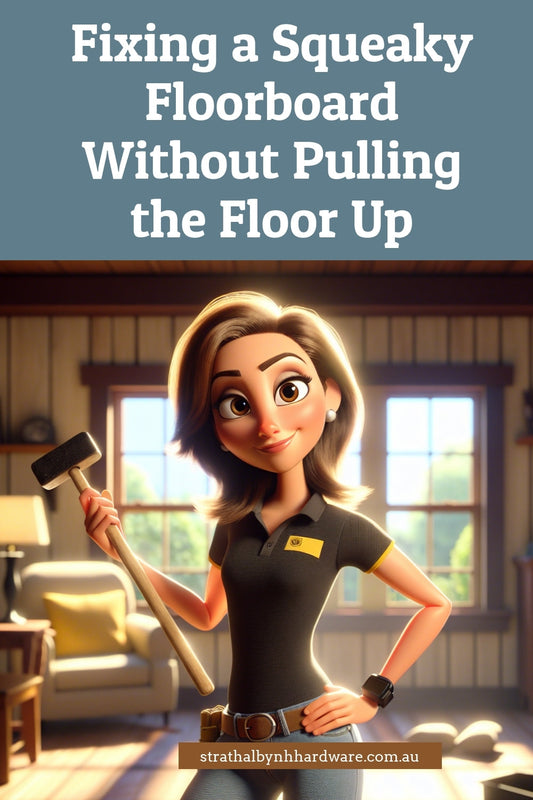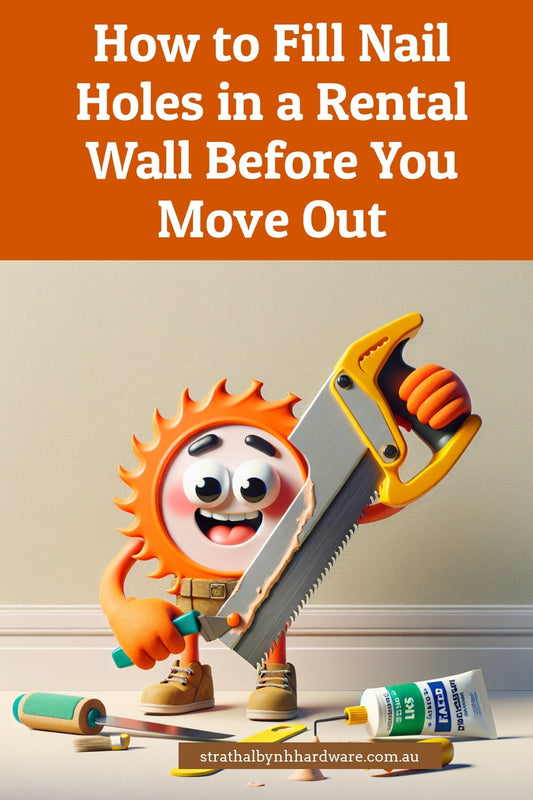How to Remove Old Paint Without Damaging Wood Surfaces
Share
Safe and Easy Ways to Strip Old Paint Without Hurting Your Wood
So, you've got a piece of furniture or some wood trim that's seen better days, covered in layers of old paint? But before you launch into a full-blown sanding frenzy, take a deep breath. The goal here is to remove that stubborn paint without damaging the beautiful timber underneath. Whether it's a cherished antique, a DIY project, or part of your home’s makeover, you need a method that's gentle yet effective. Let’s break it down into the best approaches!
Start with a Gentle Approach
Diving straight into harsh chemicals or aggressive scraping isn't always the best idea. Sometimes, the simplest methods work wonders.
Soap and Water
If you're dealing with a small area or a single layer of paint, warm water with a few drops of dish soap can sometimes loosen it. Use a soft scrubbing brush or a non-abrasive sponge to test a small patch. Not all paints will budge easily, but you might get lucky!
Vinegar – The Natural Paint Softener
For older, stubborn paint, white vinegar can be a handy ally. Heat some up (don’t boil it), and use a sponge or cloth to dab it onto the painted surface. After a few minutes, the paint may start softening, making it easier to scrape away without harming the wood.
Step Up to Paint Strippers
If the gentle methods don’t do the trick, it’s time for something stronger. But not just any paint stripper! You want something that won’t harm the timber or send toxic fumes through your home.
Eco-Friendly Paint Strippers
Look for biodegradable, low-odour paint strippers that are designed for wood. They work by breaking down the paint over time without soaking into the timber. Simply brush it on, wait as directed, then scrape the softened paint off with a plastic scraper.
Heat Guns – A Controlled Burn
A heat gun can make old paint bubble up so you can scrape it off. But be careful! Too much heat can scorch the wood. Move the heat gun in a slow, controlled motion and use a putty knife to lift the paint as it softens.
Scrapers and Tools – The Right Touch Matters
Sometimes, you just need to get in there and do some scraping. But before you grab that metal scraper, consider the surface beneath.
- Plastic or Wooden Scrapers: Gentler on wood, these minimise gouging and scratching.
- Painter’s Multi-Tool: A handy tool with a flat scraper edge, perfect for controlled removal.
- Steel Wool & Mineral Spirits: For finer details, dip steel wool in mineral spirits and gently buff away any stubborn bits.
Sanding – The Finishing Touch
Once most of the paint is gone, smooth out any rough patches. Use a fine-grit sandpaper (around 180–220 grit) and work with the grain of the wood. This keeps everything even and ready for a fresh coat of stain or paint.
Avoid Common Mistakes
It’s tempting to go all-in on a project, but some things can do more harm than good.
- Skipping a Test Patch: Always try your method on an inconspicuous section first.
- Going Too Aggressive: Harsh tools or excessive sanding can eat into the wood’s character.
- Ignoring Safety: Wear gloves, goggles, and a mask, especially when working with chemicals or heat guns.
Time for a Trip to Strathalbyn H Hardware?
Every great DIY project starts with the right tools and advice. Whether you need eco-friendly paint strippers, quality scrapers, or expert guidance, Strathalbyn H Hardware has you covered. Drop in-store or give us a call for top-notch supplies and local know-how.
Getting paint off wood doesn’t have to be a battle. With a little patience and the right approach, you’ll reveal that stunning timber underneath without a single scratch! Happy restoring!
Cheers,
Candeece

Stay Connected
Follow our Facebook Page: Strathalbyn H Hardware on Facebook

